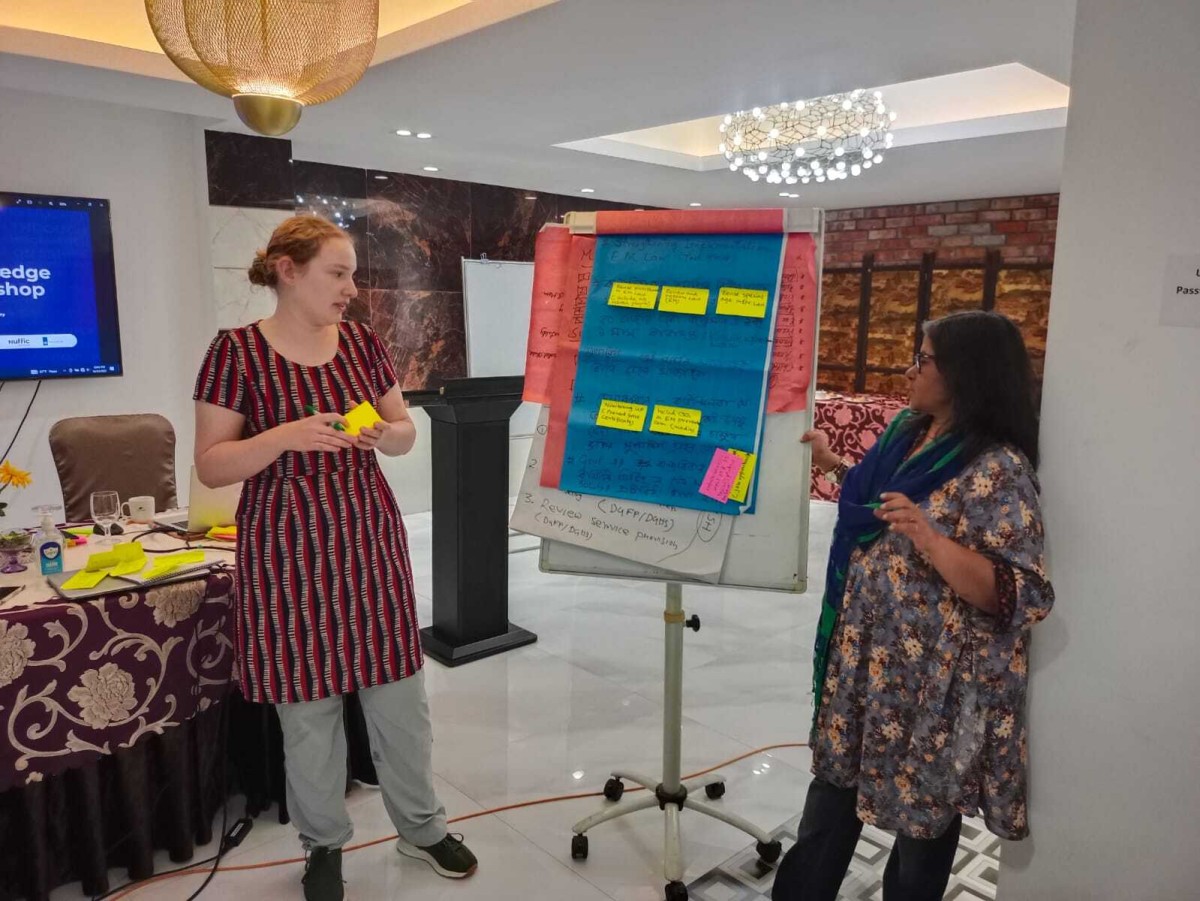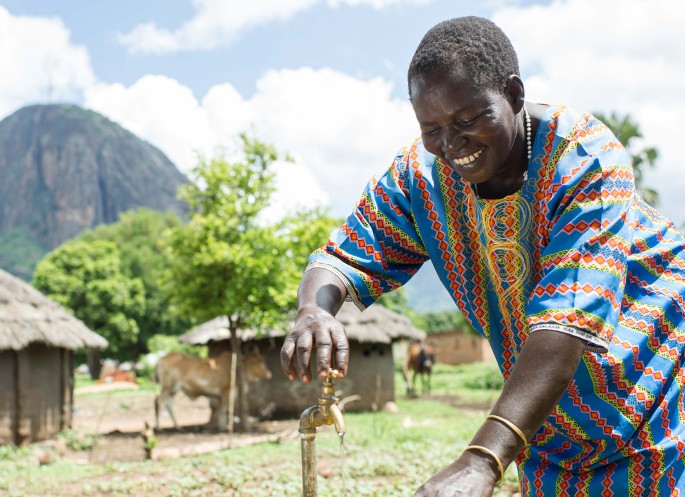Changing the world: 6 steps to create a lobby and advocacy message that actually works
Real change starts by advocating your cause. Whether you are a community activist or a professional within an NGO or civil society organisation, you've probably struggled with the question of how to make an advocacy message that works.
There is no one-size-fits-all approach when it comes to creating an advocacy message. But there are some golden rules to follow. In this blog I’ll walk you through them. And I'll show you how seven master trainers in Bangladesh were successful in getting their message on early pregnancy across to important policy-makers using these steps.

Recently, I visited Bangladesh to facilitate a training on advocacy with seven master trainers on the topic of adolescent pregnancy. Early pregnancy is a complex issue that presents many risks to young women and girls in Bangladesh. 28 percent of girls between 15 and 19 years old have had at least one child already. It affects their health, education, financial independence, and increases risks of violence.
In the three days that I was with the participants, we looked at how they could create a story and call to action about this incredibly big issue and come up with concrete steps that help influence policy and politics.
Here are the six steps we followed to come to the right advocacy message
1. Lobby and advocacy: ask yourself why
Whether you are an advocate or not, you probably feel very strongly about the topic you want to get on the political agenda. For instance, the rights of girls and women. For you it’s only common sense that we do not want them dropping out of school. However, it is an assumption to think this subject is on top of everybody’s mind. Leave alone for the people you are trying to influence.
That is why your first step to effective lobby and advocacy is to figure out why you want to create action on a certain issue. In the training, we worked on adolescent pregnancy. We discussed the causes, such as poverty, early marriage, and social norms. And we discussed the consequences. Making a clear problem tree helped us later on to be precise in our ask towards decision-makers.
2. Make your lobby message short and sweet
Important decision-makers often do not have the time to listen to a long presentation. You will probably only have a very short time to convince them of your plans. That is why it is important to make sure you can tell your story in a short statement, give some evidence, and have a clear call to action. It’s the famous elevator pitch; what are the main things you want to get across if you would only have the time to get from one floor to another?
Pro tip: start with a bold statement to grab the attention, add some facts, a touching story from your own experience, and end with a clear ask to your target. All the master trainers work closely with adolescents. So they could use their experiences - for instance how early pregnancy can lead to serious health problems, school dropout, and violence - to make their message strong and clear.
3. Facts, figures and a proper background check: preparation is key in lobby and advocacy
Once you have the attention of decision-makers, such as members of parliament, government officials, or influential people within a community, it’s time for questions. You can help your conversation partner by giving them the opportunity to ask questions, so you can help them take their doubts away. It’s important to answer confidently, so preparation is key.
A few tips on how to prepare:
- look up facts and figures that support your cause,
- know what policies or reports you can refer to,
- and do a good background check of who you are talking to. Maybe they have already supported your cause before?
If you have thought about all of these things beforehand, and incorporated it into your pitch, the follow up conversation will be a lot easier and more convincing. And to prepare extra well, you can practise with your friends or colleagues. Like we did in our workshop in Bangladesh, where the master trainers roleplayed a meeting with important policy-makers.
4. Nobody can change the world alone, so partner up!
No one can change the world alone. You will need partners to complement your work, and strengthen your message. Sometimes it is good to get media attention for your topic. So look if you can find journalists who are willing to publish the stories you want to tell. This might give a big boost to your campaign.
Or you can search for a champion within the organisation that you want to change. For instance, is there someone who has already shown to be passionate about menstrual health or child marriage on social media, in news articles or that you've heard of? Maybe they want to work with you on other issues relating to girl’s rights.
Also: strength comes in numbers. If you can show that not just you and your organisation are willing to stand up for your cause, politicians and policy makers are much more likely to listen to you!

5. Pick the right moment to push your lobby message
Decision makers often have a lot of different priorities to juggle, and might not put your cause at the top of their agenda. To push your topic, it is good to look at upcoming events, or special days, so you can pick this strategic moment to present your lobby message.
For example, do you want to convince someone that they should put the rights of girls and women in all their policies? Start a campaign on International Women’s Day (8th of March)! Is there an important debate about the financing of health care services? Make sure that decision makers have your input and evidence in their inbox well before the meeting, so they can use it in the debate.
6. Just do it!
Once you have your lobby and advocacy message, you have connected to the right partners, picked the perfect moment, and prepared, it’s time to get started.
Connect with decision makers, share your knowledge, and spread your call to action! Advocacy is often not a linear process, and you might have to go back to the drawing table once every while.
Make sure to celebrate your achievements and remember that slowly and surely you will get there.
For our master trainers, this moment came soon. As part of their advocacy work, they invited important decision makers to a round table to discuss how they can reduce adolescent pregnancies in Bangladesh, and what needs to be done. Curious about their success story? Read more about it in the Daily Star.

